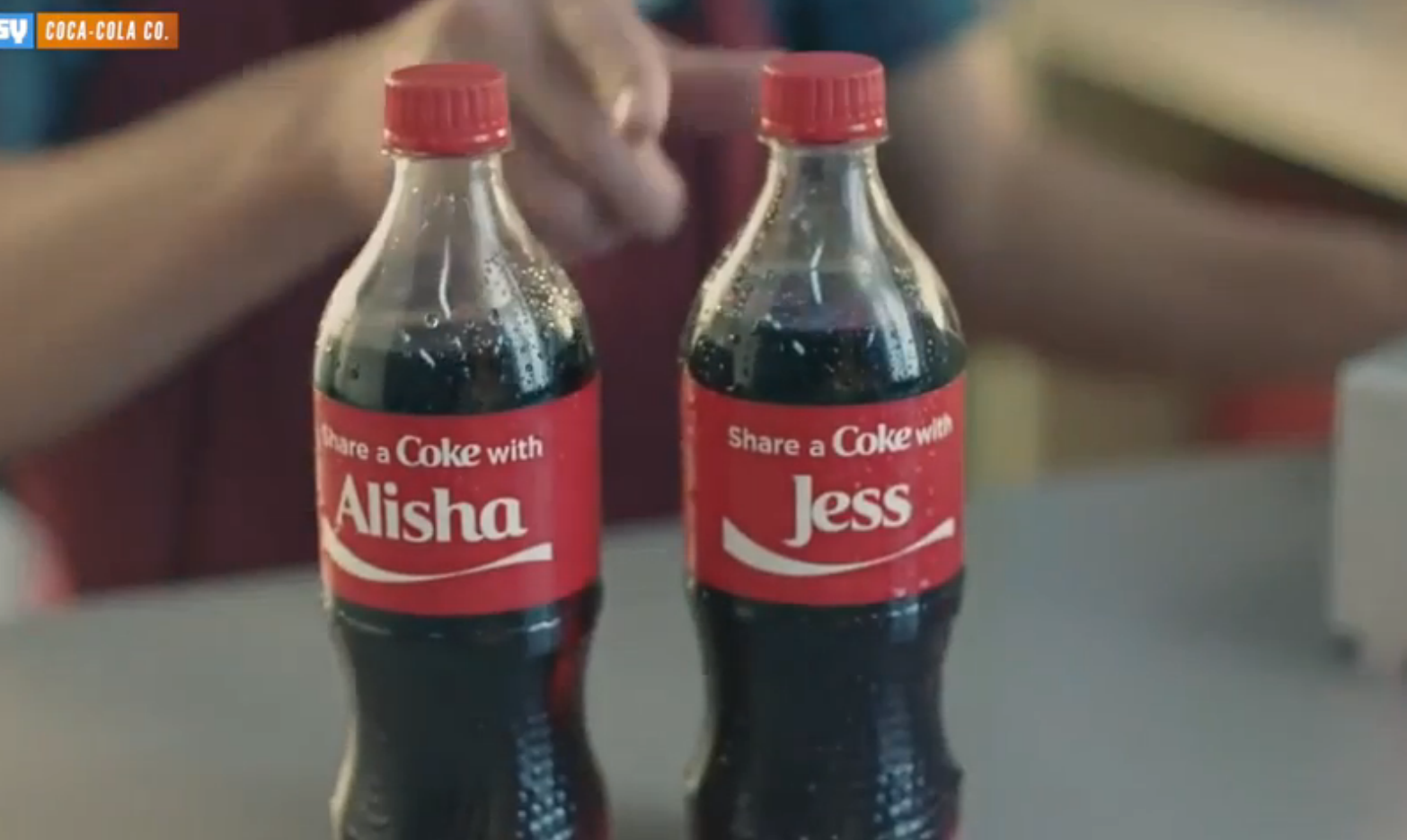Economy of a Food Truck

It wasn’t long ago that the words food and truck paired together conjured images of a grubby vehicle that caused you to second-guess your hunger pangs. Choices offered by food trucks were limited, by no means healthy, and the conditions under which they were prepared certainly left a lot to be desired.
Well the old roach coach—as food trucks were once called—has come a long way. Today, the food truck business is a billion dollar industry with successful chefs and restaurateurs gearing up for a slice of the pie, and many of them are doing it in New York City, the concrete jungle where dreams are made.
While limited real estate and the resulting astronomical rent prices are prone to dash the dreams of the average entrepreneur with aspirations of owning a brick and mortar eatery, lower startup and overhead costs mean owning a food truck could be a more attractive venture. But before running out to purchase your new wheels, there are a few things you should consider.
WHAT ARE YOU SELLING?
Gone are the days when food trucks sold only cold sandwiches, hotdogs and pizza. Today, choices are varied and include specialty foods like vegan, gourmet and international cuisine. Whatever you decide to sell, it’s important to strike a balance. You’ll want to ensure your offerings are not so “run of the mill” that people bypass your truck for more exciting options, but at the same time, you don’t want your cuisine to be so specialized that demand isn’t high enough to keep you in business.
Ranked New York City’s number one food truck, Milk Truck carved out a niche by creating something very special from something very simple.
While the grilled cheese sandwich may be considered the king of comfort foods, it’s not necessarily something you’d picture the masses standing in line for—but they do at Milk Truck. That’s because flavorful condiments, specialty cheeses like aged cheddar and Gruyere, and fresh, hand-cut bread from award-winning bakeries transform a typical sandwich into a mouthwatering treat.

“I think it’s easier … to start with a product or item that people recognize, and then find ways to make it unique,” Milk Truck owner Keith Klein said. “There are several approaches to making grilled cheese sandwiches, but for us it’s about a balance of textures and flavors.”
Klein has been in business for just over four and a half years and serves his multi-award-winning, made-to-order sandwiches to around 100 to 150 people daily for lunch, depending on location. With the average sandwich costing just over $7, that puts daily earnings at around $1,050 for lunchtime service alone.
WHAT’S YOUR BUDGET?
Purchasing a truck will likely be your greatest initial expense. A brand new, fully fitted truck can set you back as much as $100,000, while secondhand options can range from $20,000 to $40,000. At the lowest end of the scale, you can probably purchase a basic used truck for around $6,000, but you will incur additional costs retrofitting it to suit your needs. This could include adding shelves, cook ranges and grills, ventilation and advertising wraps so that people know who you are and what you’re selling.
Knowing how and where your food prep will take place is also vital. Will the bulk of it be done in the truck or at an alternate prep site? These factors will determine the size truck you’ll need, and by extension, what you’ll need to spend on it.
If a truck is out of your budget, or seems too big a commitment for a startup venture, you may consider a food cart for around $2,000.
PERMITS & TAXES
So you know what you’ll be selling and you’ve settled on a truck, but before you can park it and start serving up the goods, you’ll need the okay from local government to do so. Permits, regulations and health codes vary from state to state, and even city to city. While the legalities are some of the most important factors—if not the most important—to getting your food truck business going, operators list this process as the most frustrating and time consuming, sometimes taking months to get the necessary documents and permissions in place.
In New York City, for example, a vending license allows you to ply your trade in each of the five boroughs. Obtaining the permit, however, is the difficult part. According to Ben Conniff, Vice President of Luke’s Lobster, aka the Nauti Mobile, these permits cannot be obtained from the Consumer Affairs Department, but must be rented from a current permit holder, a process he says requires a great deal of back-channeling and negotiating.

“The people who already have them are paying $200 a year to renew them, but you will be looking at paying more like $20,000 to rent it from them,” Conniff said. “That should get you roughly two years, so good deal for them, bad deal for you,” he said. “They also don’t sign contracts, so you just basically hand them a large payment and hope that nothing goes wrong.”
Once over the vending permit hurdles, another obstacle New York food truck owners face is parking. It’s illegal to vend from a metered parking space.
“So you’re all set with this permit, and you find out there is virtually nowhere in the city where you are legally allowed to sell,” Conniff said. “You’re at the mercy of police everyday. It can be 1 o’clock, you have 50 people in line for your food, and you just have to shut your doors and drive away,” he said.
According to Conniff, a best-case scenario would be if the cop gives you a $100 ticket and allows you to stay in the space.
“Then you can at least serve your lunch customers,” Conniff said.
OPERATING COSTS & PROFITS
In fact, dishing out money on parking fees and tickets is so common among New York food truck operators that many of them simply count it as part of their operating costs. In addition to purchasing food, another necessary consideration is extra staff—and paying them.
“It’s a tough job … They are going to be working really hard day in and day out,” Conniff said. “So you need to pay your crew really well.”
Each worker on the truck must also have a license and an ID card from the Department of Health in order to work legally. Acquiring them can take up to four months after the worker is hired, and cost just under $100 per worker for the ID and mandatory two-day food safety class.
Storage of food and supplies also incurs a cost. While Conniff is fortunate enough to have restaurants that provide secure and sanitary storage and prepping space for the food he sells, New York law mandates that food trucks must be stored in a commissary when they are not plying trade. In some states, like Chicago, law mandates that food preparation must also be done at the commissary, since prepping on the truck is illegal. Commissary fees can range from a few hundred dollars to a few thousand, depending on where you park and how much you use the commissary.
Some food truck owners have expressed concern about the safety of their vehicles when parked.
Numerous fees and operating costs mean you’ll have to work extra hard to turn a profit. The food business generally has narrow profit margins, so Klein, who also teaches a class on the mobile food industry, suggests owners aim for a 10 percent to 20 percent profit for a viable operation.
REASONS TO GET YOUR ‘GRUB’ ON
So with all the obstacles standing in the way of you and your new food mobile, the one question you’re likely to ask is, “Why bother?” A solid answer would be location, location, location! Having your own restaurant on wheels guarantees that if the crowds don’t come to you, you can go to the crowds. Many restaurateurs would agree that’s half the battle won.
Added to that bit of reasoning from the head, Klein, New York’s number one food truck, operator offers some reasoning from the heart.
“If you think you have a great product, and you can figure out a way to sell it for more than it cost you to make it, then by all means, go for it,” Klein said. “Don’t listen to what I say, or what anybody says. At the end of the day, you have to figure that out for yourself. You have to believe in you!
If you’re consistently selling to 400 or 500 people in a day, Klein says you’ll get good feedback. “You’re going hear about it,” he said. “And the social media people, they’re going to want to write about you.”
You might also like… Legal Marijuana Sales: A Tax Revenue Dream Come True?, Pubslush: Crowdfunding for Authors








